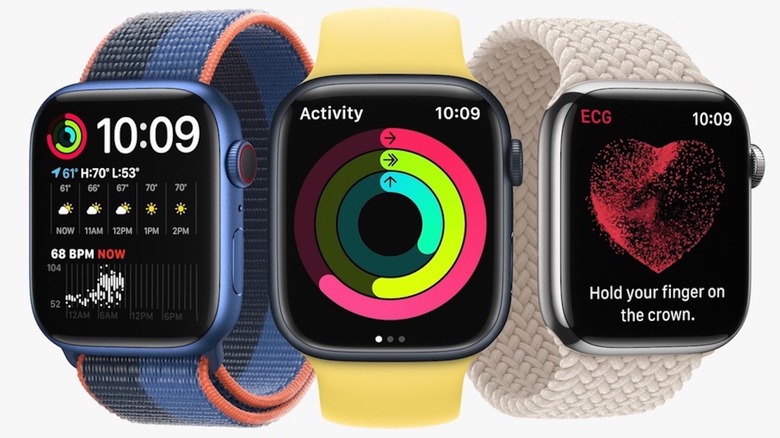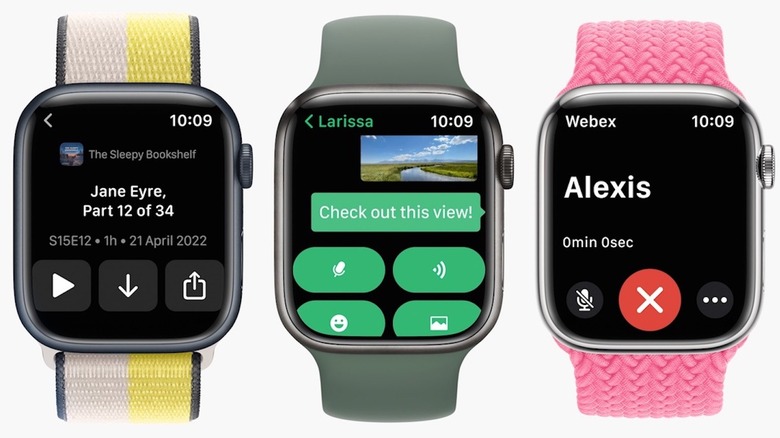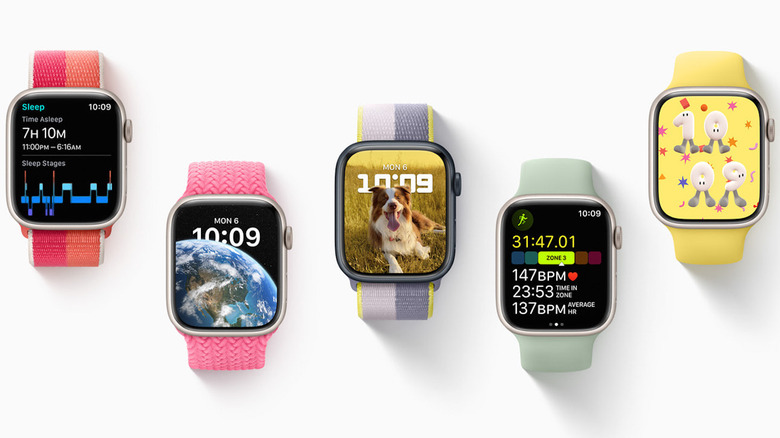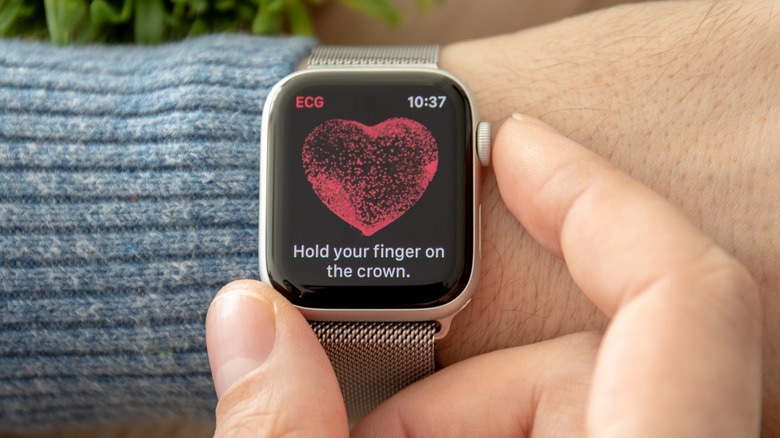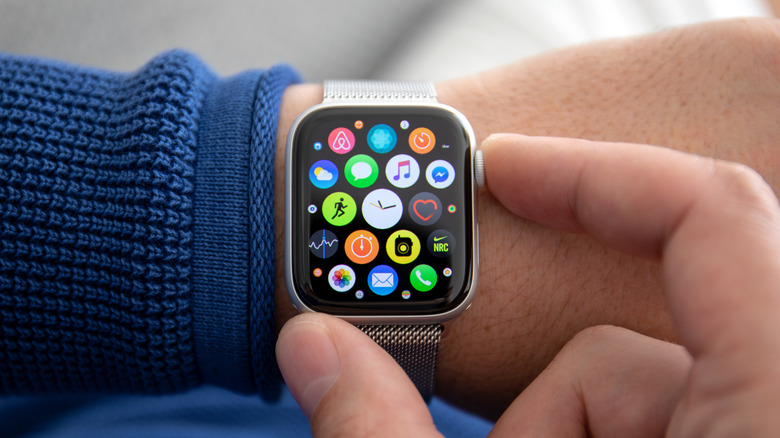Apple watchOS 9: All The Big Apple Watch Features Added
At WWDC 2022, Apple announced major changes to watchOS, its smartwatch operating system that powers the Apple Watch. The updates to the platform range from seemingly simple ones like new watch faces, revamped notifications, and a new podcasts app, to significant ones like a revamped Workout app and support for AFib history.
Apple has also revamped its aging Sleep app, which now supports sleep stage detection to let users gain access to detailed sleep data. Another major addition to watchOS 9 is the Medications app. Apart from helping users track their medication history, it now also gains the ability to detect and warn people of potential critical interactions. If you were wondering, changes to the Workout app would include support for advanced metrics and new training routines.
The most significant change to watchOS 9, however, is the addition of AFib history, which has the potential to enhance the Apple Watch's life-saving capabilities. AFib is short for Atrial Fibrillation, a condition that causes the human heart to lose its regular rhythm and beat rapidly. While Apple Watch already possesses the ability to detect a case of AFib and automatically alert emergency services, what is new with watchOS 9 is the ability to track users with AFib history for a longer duration of time. This would let Apple collect critical information that could be shared with doctors who can assess potential risk factors.
The new watch faces
While watchOS already gave users several watch faces to choose from, it is always good to have even more choices. With watchOS 9, users will be able to access four more watch faces that include Lunar, Playtime, Metropolitan, and Astronomy. The Lunar watch face attempts to make a connection between the Gregorian calendar and Lunar calendars, which is followed by several cultures across the globe. Apple has not revealed the details of the Playtime watch face and only adds that it is unique to the Apple Watch and that it has been designed in collaboration with artist Joi Fulton.
Classic Watch enthusiasts should take a liking to the Metropolitan watch face, which Apple says is a classic, type-driven watch face that interacts with the movement of Apple Watch's Digital Crown. Existing Apple Watch users may be aware of the fact that Astronomy is an existing watch face. Apple, however, claims that it has made significant changes to this face and that these changes are big enough for the company to advertise it as a completely new option. Nevertheless, newfound abilities on the Astronomy watch face include a revamped star map and access to current cloud data.
Apart from these major changes, watchOS 9 has also made changes to Apple's popular watch faces like Utility, Simple, and Activity Analog. People using the Modular, Modular Compact, and X-Large watch faces on their watches will get the option to edit their background colors when watchOS 9 debuts.
Enhancements to existing features
WatchOS 9 also marks the arrival of several feature enhancements to apps that watchOS users have been using for years. The Workout app, which now supports richer metrics, allows users to access workout-related information by simply using the Digital Crown. The app also gets the ability to create custom workouts. A major change for triathletes is the Workout app's newfound ability to automatically detect the activity they are engaging in.
Apple has also enhanced the Apple Watch with new features for people interested in running. Among the new metrics introduced to this aspect of the app include the ability to calculate stride length, ground contact time, and vertical oscillation. For users who swim a lot, watchOS 9 now supports automatic kickboard detection. Sleep tracking is another feature that sees major improvements on watchOS 9. The Sleep app gets sleep stage detection that is enabled using data collected from the watch's accelerometer and heart rate sensor.
WatchOS 9 also introduces major additions to the Medications app experience on the Apple Watch and the iPhone app. These additions include the ability to track your medications (and those of your loved ones) and the ability to create a medications list and set alerts and reminders for them. The most important feature, however, is its ability to warn users about potential critical interactions that may arise in case you already have an existing condition and happen to be on medication.
AFib history: A world first
Apple has already been praised for the life-saving capabilities of the Apple Watch. There have been countless instances of the Apple Watch detecting irregular heart rhythm in users, which led to them taking timely medication intervention. With the new AFib history feature, Apple Watch will get the ability to identify signs of atrial fibrillation well in advance. This could potentially reduce the risk of stroke that many AFib victims are exposed to, the company claims.
This feature, when it debuts with wachOS9, will let users who are already known to suffer from AFib keep better track of their AFib signs. For example, the feature will let users know how frequently their heart shows signs of AFib. This data, in turn, can potentially help doctors get deeper insights into the condition of the patient. Users will also be able to generate weekly reports surrounding AFib-related data. When used in conjunction with Apple's Health app, the feature will also let users know about the risk factors that may influence AFib.
The AFib history feature is likely to prove invaluable for doctors who will now be able to access detailed patient history in the form of a PDF file that users can share with them.
When to expect watchOS 9
Apart from the aforementioned features, watchOS 9 also includes redesigned notifications, a quick actions feature, and a new feature called Apple Watch Mirroring that makes the watch more accessible to users with physical and motor disabilities. In addition, Apple has also updated the QWERTY keyboard with more language support, and the reminders app has also been revamped along with the calendar app.
While most users will need to wait until fall 2022 for the final version of watchOS 9 to arrive on their devices, Apple has already started rolling out the developer beta of the smartwatch operating system, effective June 6, 2022. While this version will only be available for members who have access to Apple's Developer Program, the company has confirmed that the public beta version of watchOS 9 will be available for download starting next month. Users interested in testing out this beta will need to go to beta.apple.com and follow the on-screen steps to download the beta.
For those of you with patience, the final version of watchOS 9 will be available as a free upgrade to existing Apple Watch users using Apple Watch Series 4 or higher. Apple also mandates that they pair their Apple Watch with at least an iPhone 8 or a second-generation iPhone SE running iOS 16.
